The Irish Origins of “British Racing Green”
Journey with us as we uncover the surprising Irish roots of the iconic "British Racing Green." From the bustling roads of early 20th-century France to the picturesque lanes of Counties Kildare and Carlow, discover how a shade of green, closely tied to the isles, became an emblematic hue for British automotive giants. Is it time to rechristen it "Irish Racing Green"?
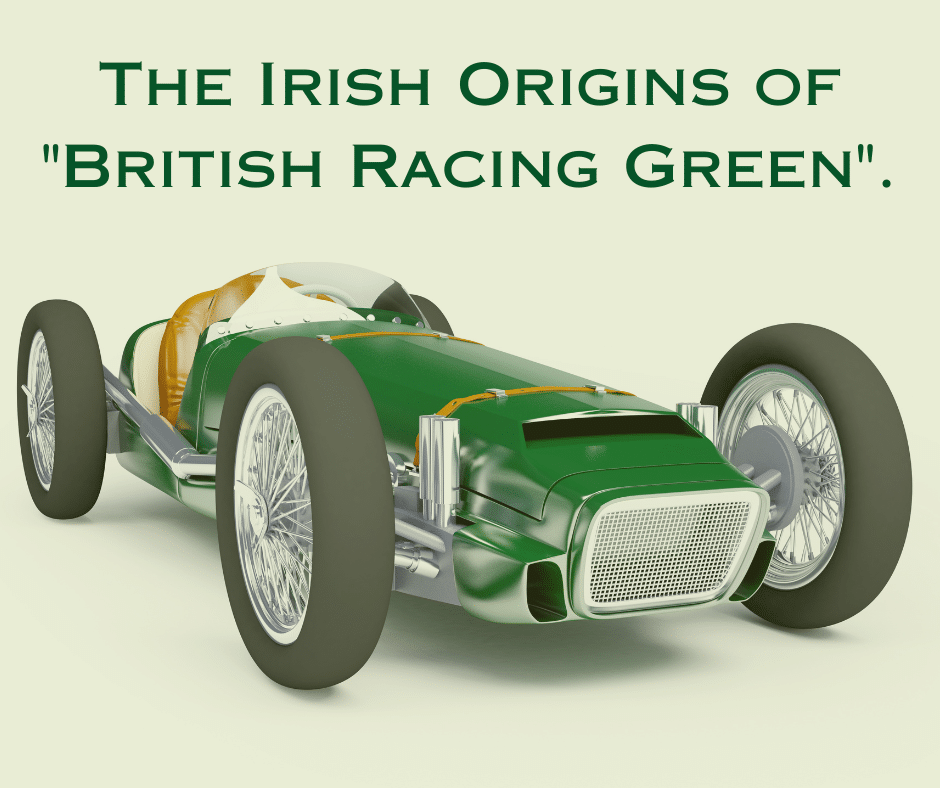
Now you might say what does British Racing Green have to do with Ireland. Well, let me start by asking you a question: What colour do you associate most with Ireland? I would say that most people would answer “the colour green!”
However, as Johnny Cash once sang – there are probably more than “forty shades of Green”. Today we’ll have a look at the story behind just one of those forty shades of Green – one that does not sound Irish at all called “British Racing Green”. But it is more Irish than you might believe…
THE IRISH ORIGINS OF “BRITISH” RACING GREEN
Cast your mind back to the start of the 20th century – about 120 years ago. The automobile became established in parts of the world and the paved road system improved year by year. Along with everyday transport uses for the motor-car – a potential for “automobile racing” became quite exciting to groups of well-to-do individuals and potential sponsoring companies across the world.
One of these “well-to-do” individuals was called James Gordon Bennett – born in 1841 of an Irish mother (surname Crean) and a Scottish father who happened to own the New York Herald Tribune. Bennett Jr. moved to Europe in 1877, Paris to be exact, to head up a European edition of the family paper. His world was a glamorous one and he saw the potential of combining his leisure and business interests by sponsoring yacht races, high-society gatherings and races involving that relatively new piece of transport technology – the automobile.
“The Gordon Bennett Cup Race” was scheduled in 1900 for the first time. It was held on a closed road circuit in France – essentially a forerunner for the Grand Prix and Rally Car races we see today. The French roads were the best in the world at the time and the French automobile manufacturers dominated for the first two years. However, in 1902 a British team won which meant that the 1903 race would be held in Britain to honour the winning team.
THE GORDON BENNETT RACE COMES TO IRELAND
However, there was a problem staging the race in England in 1903. The reputation of the race had built up over the previous 2 years – and it was seen as a “health and safety” concern if held on the newly-evolving English paved road system. However, Ireland was considered a suitable alternative. It was (still) part of the United Kingdom and had a more lenient view of health and safety on the roadways.
A road circuit was closed off between the towns of Kildare, Kilcullen, Monasterevin and Athy in counties Kildare and Carlow. All of the entries in the race were required to paint their cars a shade of green that was close to what we call “emerald” or “kelly” green today. It was christened “British Racing Green” and intended to honour the home country of the race hosts that year. It must have been quite a sight – watching those cars pass in a blur along an Irish country road, each car almost the same colour as the fields around them!
The 327 mile race was won by a German racer in a Mercedes in a time of six and a half hours (the average speed was 49.2 mph for those who enjoy those sorts of facts). As a result, the following year the race was held in Germany but the British entrants continued to use “British Racing Green” on their cars. The Gordon Bennett race continued until 1905 – the same year as the first Grand Prix race was held in France.
Over the years, “British Racing Green” has deepened in shade to what we call a “forest green” but it is still associated with many heritage British brands of car such as Jaguar, Aston Martin, Lotus, Land and Range Rover. Can you picture any of these cars without a “British Racing Green” offered as a paint option?
So, each time you see the colour that has become a symbol of British automotive engineering and design – remember its origins on the country roads of Counties Kildare and Carlow in 1903.
We all know it should really be called “Irish Racing Green”! What do you think?
That’s it for this week. As always, feel free to share the stories and surnames in your Irish family tree.
Slán for now,
Mike.


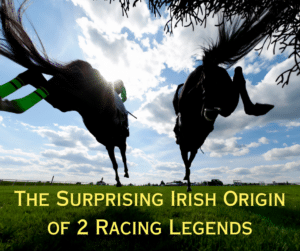

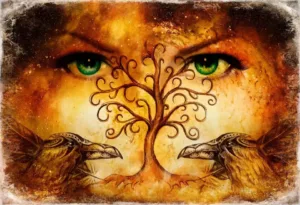
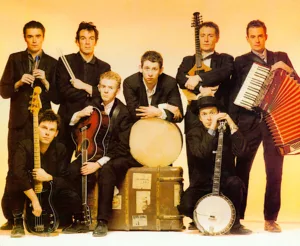
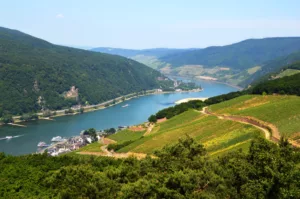
Only Plus Members can comment - Join Now
If you already have an account sign in here.